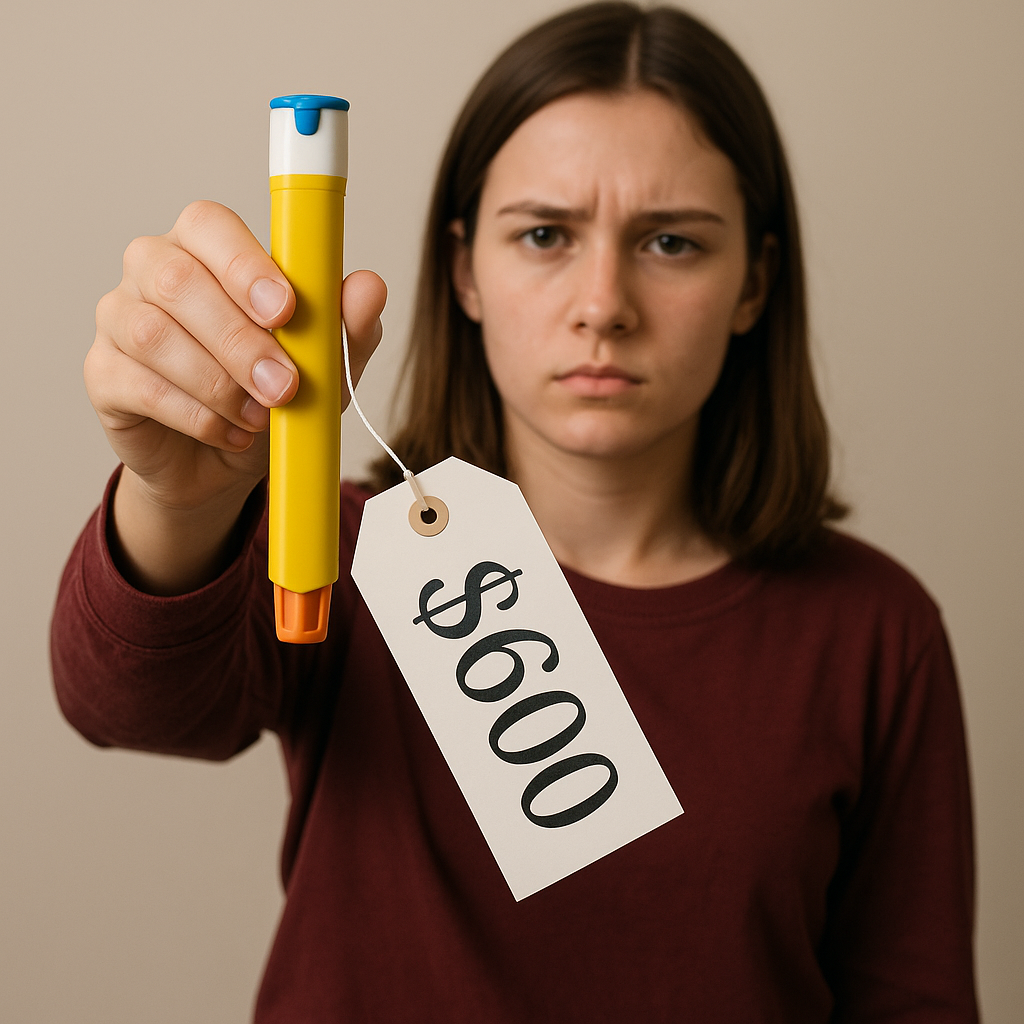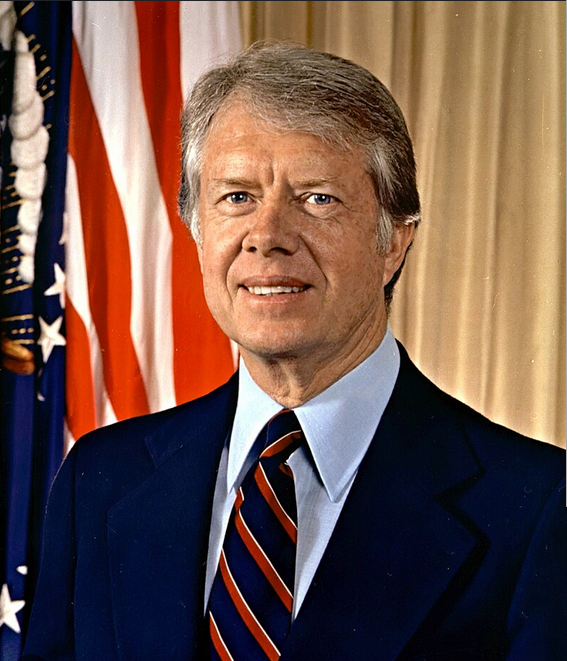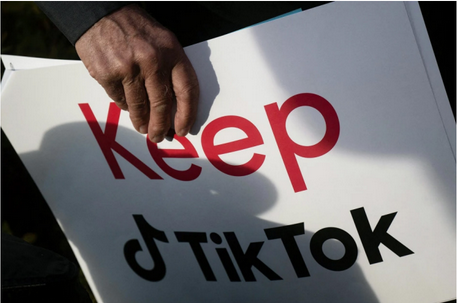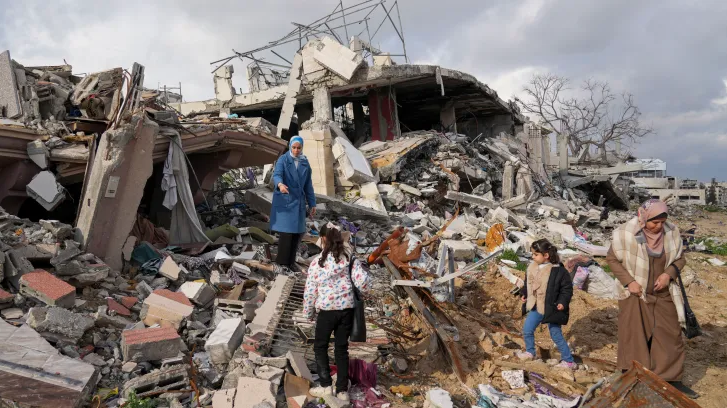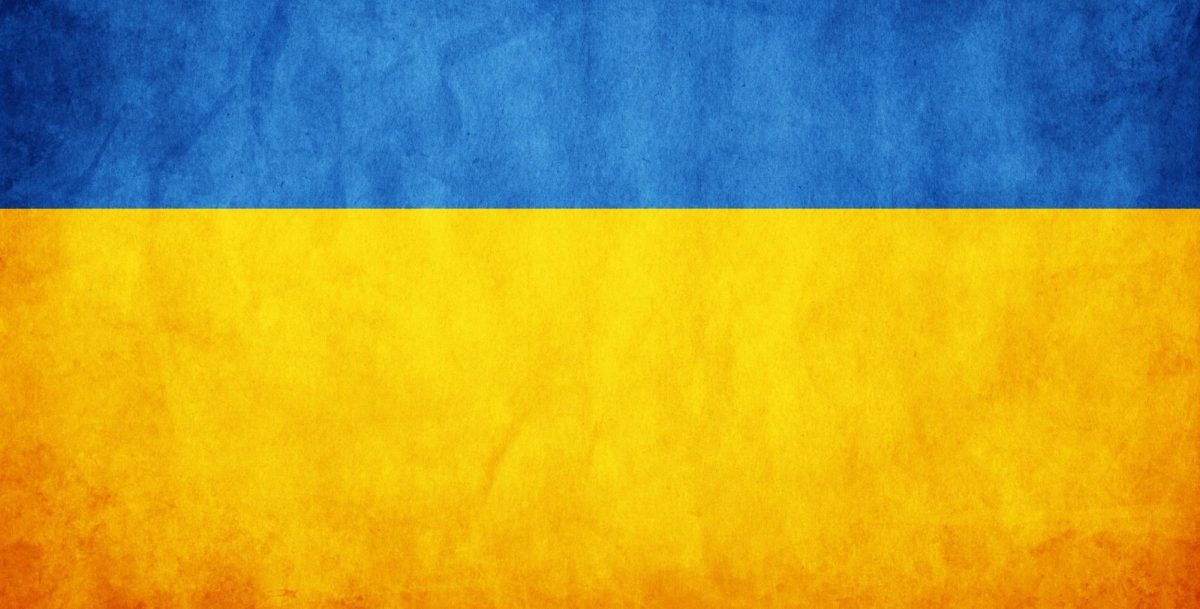Over 60 square miles burned, 200,000 people under evacuation orders, 12,000 homes and businesses reduced to ashes, 27 deaths, and 6 fires. This has been the painstaking reality for the residents of the Greater Los Angeles area since January 7th.
While Southern California is no stranger to fires, the composition of high winds, limited rain, and a warming climate have exacerbated the intensity of the fires, making them the worst in Californian history.
The causes of these fires vary and are still under investigation. Experts have hypothesized that the fires were started by arson, power line utilities, and fires were reignited due to the high winds. The first fire, the Palisades Fire, started as a brush fire on January 1st that rapidly spread due to the Santa Ana winds that reached a high of 100 mph. As the deadliest of the fires, the Palisades Fire has been 59% contained after burning through 23,713 acres in 13 days, as of writing this article.
The Eaton Fire started many hours after the Palisades Fire and has been 87% contained. Since January 7th, four more fires have started; the Lidia Fire, the Hurst Fire, the Kenneth Fire, and the Sunset Fires, all of which have been 100% contained. With the fires dying out, the City of Santa Monica and other towns lifted evacuations and the Pacific Coast Highway reopened for people to return to their homes and businesses.
While people are allowed to return to their homes, they have to show ID at checkpoints to prove their residency. While this precaution was installed to minimize thrift and the amount of people evacuating in case of another fire, it has also created issues.
People have been unable to enter guarded neighborhoods to help their friends and families, with resident Carl Rheuban telling the Los Angeles Times that his daughter-in-law was rejected entry even though she was traveling with him in his car. He stated that it’s a shame that she and his other son who was also denied entry were unable to help him check on his damaged home.
While fires burned through the city and suburbs of Los Angeles, crime increased and politics has been changing. Since the start of the fires, the L.A. police department reported that 21 people have been charged with arson, looting, and even impersonating firefighters.
Along with the increased crime, L.A. has also been faced with political unrest as protesters gather outside L.A. Mayor Karen Bass’s home calling for her resignation. After warnings about the increased fire risk were issued for L.A., Bass left for Ghana to attend the inauguration of the country’s new president, John Mahama.
Kristin Crowley, the Los Angeles Fire Chief, revealed that Bass’s budget cuts to the Los Angeles Fire Department (LAFD) left firefighters unprepared to fight the wildfires. While Bass retaliated by stating that the budget cuts did not affect the productivity and effectiveness of the LAFD, the people of L.A. seem to disagree as the petition to have her resign reached 152,000 signatures.
California’s governor, Gavin Newsom, has proposed what he calls “California’s Marshall Plan.” This plan would provide $1 billion for the response, cleanup, and recovery of the wildfires with the money being refunded by the Federal government. Newsom’s plan also includes taking $1.5 billion from California’s $10 billion climate bond to provide preventive measures against future wildfires.


